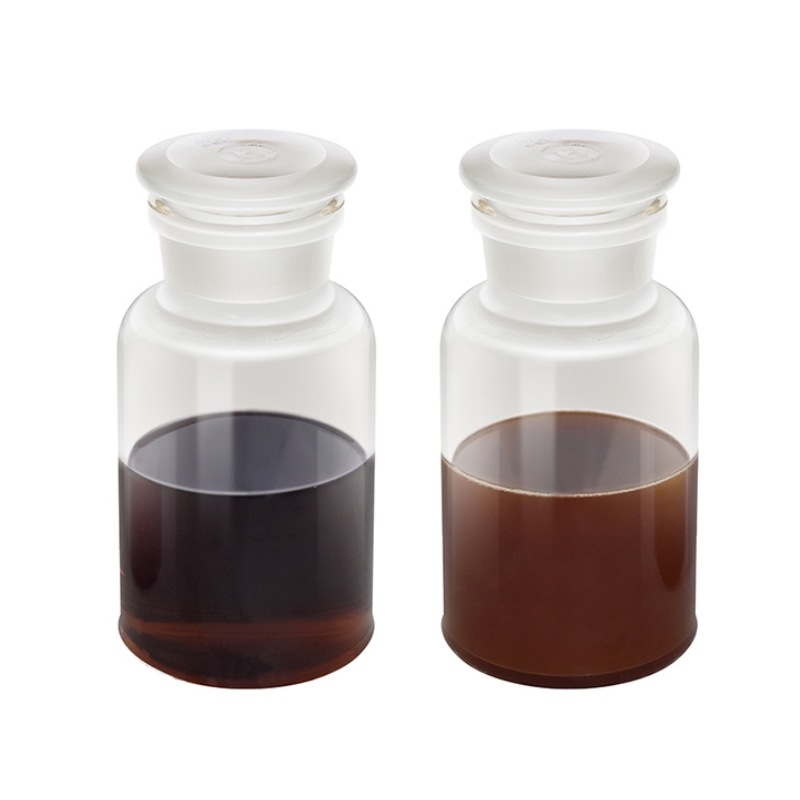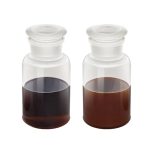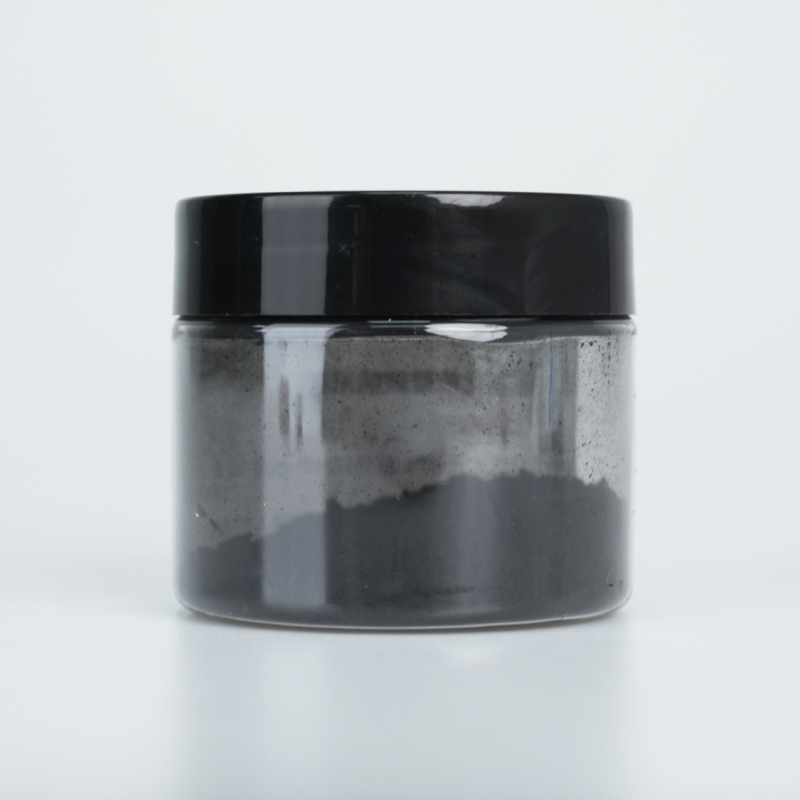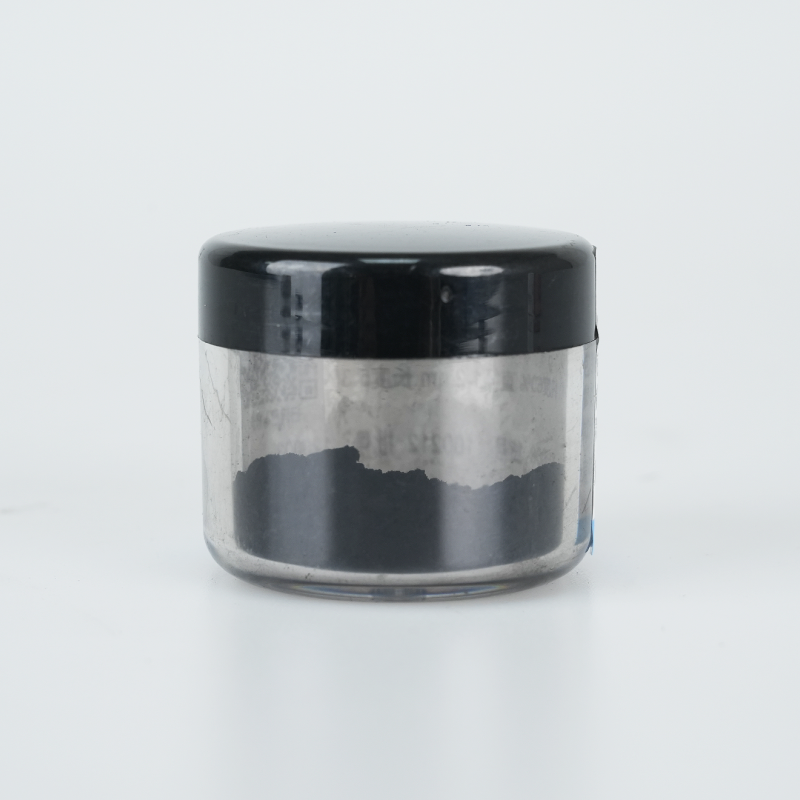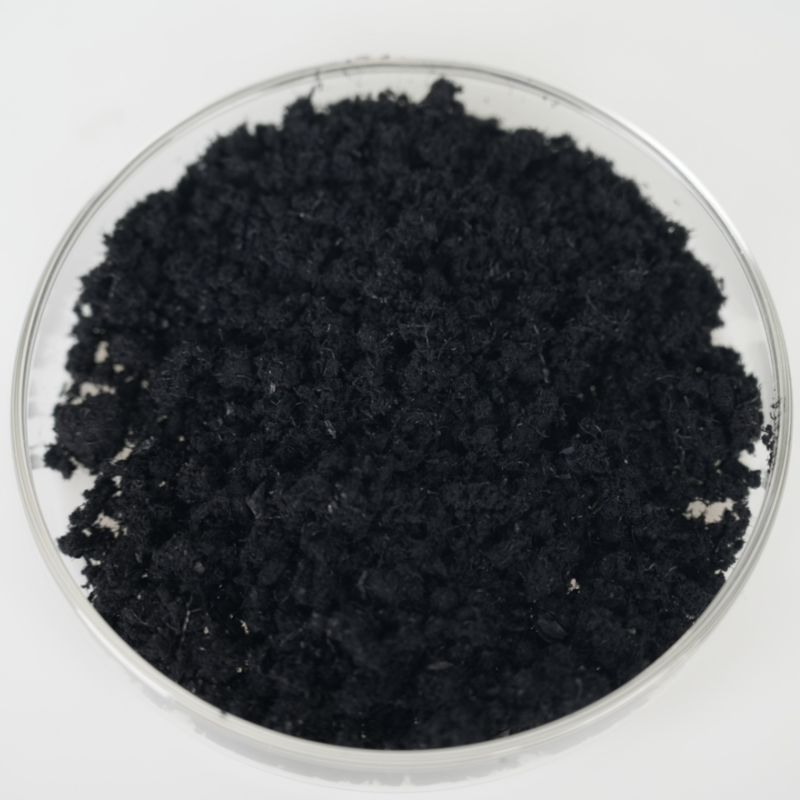PEGylated Fe₃O₄ nanoparticles (amino-terminated) provide optimized biocompatibility, superior magnetic responsiveness, and enhanced surface functionality. Designed for advanced biomedical applications, they ensure efficient conjugation, extended stability, and high-performance adaptability.
Product Overview
PEGylated Fe₃O₄ nanoparticles (Amino-Terminated) are synthesized by modifying oleic acid-coated Fe₃O₄ nanoparticles with PEG-amino groups through a high-temperature pyrolysis method. This modification not only enhances the biocompatibility of Fe₃O₄ but also greatly broadens its applications in biomedicine, particularly in drug delivery, targeted therapy, and magnetic resonance imaging (MRI).
Key Features
- Biocompatibility: PEG modification improves the biocompatibility of the nanoparticles, reducing immune responses and making them more suitable for biomedical applications.
- Long Circulation Time: The PEG modification significantly increases the blood circulation time of nanoparticles in vivo, facilitating passive targeting to tumor sites.
- Multifunctionality: The PEG terminus contains various functional groups, such as methoxy, carboxyl, and amino groups, which facilitate conjugation with targeting molecules (e.g., antibodies, aptamers, targeting peptides), enabling the construction of targeted nanoprobes.
- Enhanced Imaging Contrast: In MRI, PEGylated Fe₃O₄ nanoparticles provide excellent contrast enhancement, improving imaging clarity.
- Stability: PEG modification improves nanoparticle stability, reduces immune reactions, and enhances their efficacy in biological systems.
Applications
- Drug Delivery System: By improving blood circulation time and stability, PEGylated Fe₃O₄ nanoparticles serve as ideal drug carriers for targeted drug delivery.
- Magnetic Induction Tumor Hyperthermia (MHT): Exploiting the heat generation properties of Fe₃O₄ nanoparticles in an alternating magnetic field, these nanoparticles are used for tumor hyperthermia treatments.
- Biosensing and Detection: In biosensing applications, PEGylated Fe₃O₄ nanoparticles are utilized for detecting biomolecules or environmental pollutants.
- Nanotheranostics: Combining diagnostic imaging and therapeutic functions, PEGylated Fe₃O₄ nanoparticles act as image-guided therapeutic carriers with both diagnostic and treatment capabilities.
| Technical Parameter | Description |
| Form | Solution |
| Main Components | PEG-2000 modified Fe₃O₄ magnetic nanoparticles, ultrapure water |
| Particle Diameter | 10/20/30/40/50/100/200/300/500nm (customization available) |
| Saturation Magnetization | ~60 emu/g Fe |
| Notes | Particles smaller than 10nm require magnetic separation columns. |
| Particles around 20nm can be separated by long magnetic attraction (not very effective; for full separation, use magnetic separation columns). | |
| Particles larger than 30nm can be separated directly by magnets. |
 new material
new material

